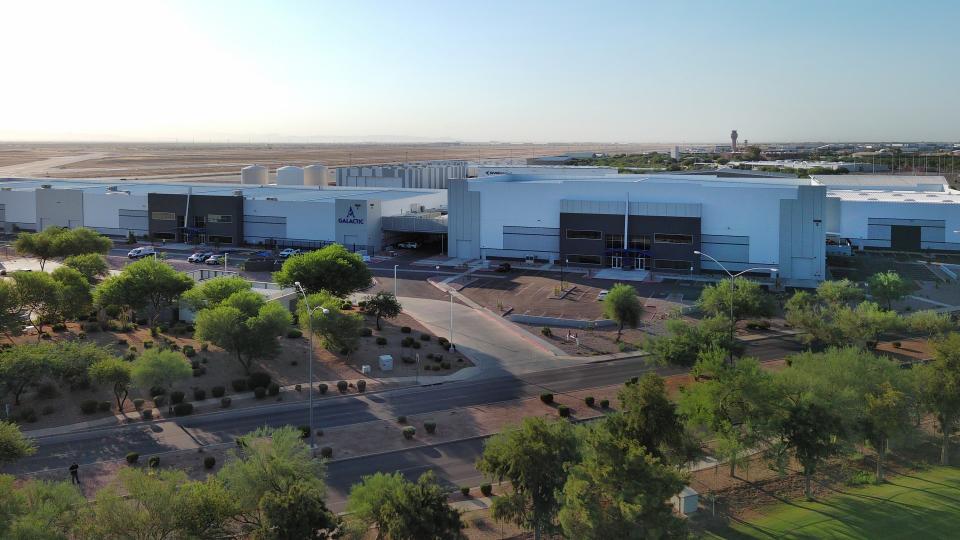If you buy links to our articles, the future and its syndicate partners can earn a commission.

Representation of the spaceship of Delta class. | Credit: Virgin Galactic
Virgin Galactic is deep into the development of its suborbital space aircraft of the new Delta class. Both research and private astronaut flights are expected to begin in autumn 2026.
Virgin Galactic also works on a feasibility study with Lawrence Livermore National Laboratory to examine the use of his mother ship aircraft in order to start other spaceships at a high level.
“The progress in our spaceships will continue across all systems and structures,” reports Michael Colglazier, CEO of Virgin Galactic. He underlines a strong financial balance “to carry out our business model while we bring our spaceships into a commercial service”. According to the Colglazi, the commercial service remains planned for 2026, with both research and private astronaut flights to be expected in autumn next year.
Telephone conference
The construction of Virgin Galactic’s New Delta aircraft was checked during the company’s telephone conference in the second quarter of 2025 on August 6th.

Virgin Galactics Delta facility near Phoenix, Arizona. | Credit: Virgin Galactic
The company emphasized the ongoing work on Delta class systems and structures, such as the wing assembly in the fourth quarter of this year and the “Feather” art of the craft. The spring system is used when the sub orbital vehicle goes back to earth, which makes it more stable during the re -entry process. The construction of the Delta class spaceship is expected to be completed at the end of this year or early 2026.
The progress in a feasibility study was also in business updates to possibly develop a second room camp in Italy.

Progress reported on the development of the new suborbital spaceship of the Virgin Galactic Delta class. | Credit: Virgin Galactic
Flight frequency
The final assembly of the vehicles takes place in the Delta facility of Virgin Galactic near Phoenix, Arizona. The Delta class spaceships are built in such a way that they can fly eight space missions per month, whereby the monthly payload or the customer capacity of their original spaceship against unit is as large.

Virgin Galactic and Lawrence Livermore National Laboratory examine the feasibility of using the aircraft maker ship as a carrier platform. | Credit: Virgin Galactic
The company explains that its next generation vehicles will bring people to space with an unprecedented frequency with an industry -leading cost structure.

The Delta class spaceship and its unique spring system, which is a pilot event during the re-entry of the craft. | Credit: Virgin Galactic
Mike Moses, President of Spaceline from Virgin Galactic, supervises the commercial area flight program. A newly issued “Galactic 10” video milestones for the development of development milestones in the postponement of the spaceship program for Delta class.



